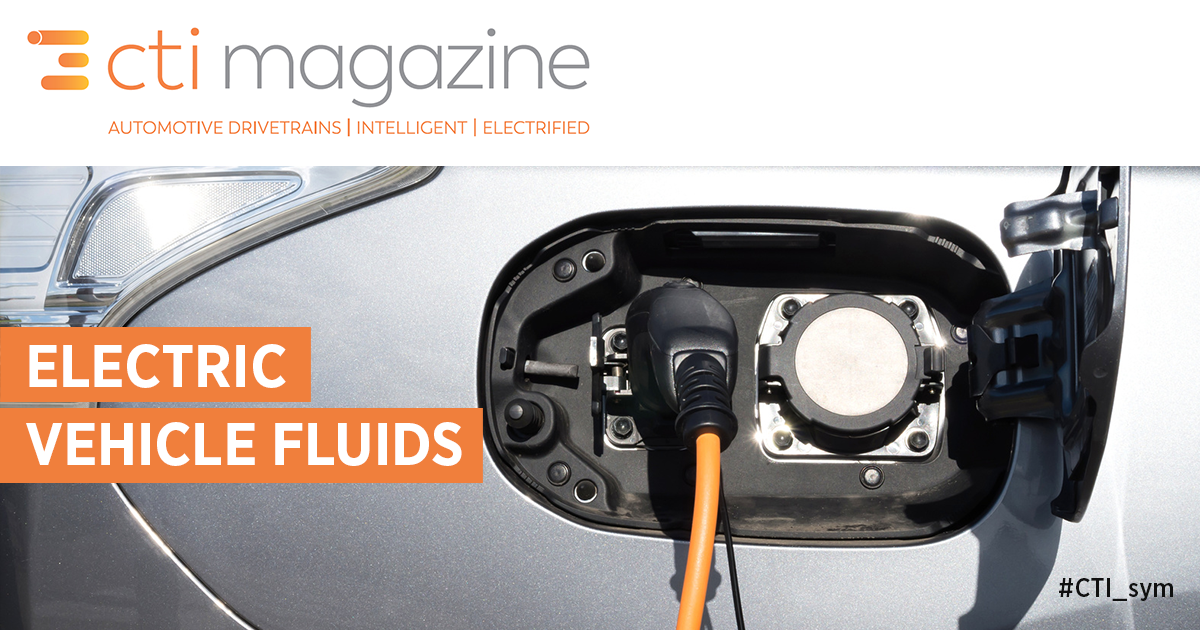
With the rise of hybrid and electric vehicles (EVs), the automotive industry is going through one of the most profound shifts in its history.
For consumers, the headlines are generally about how automakers are going green, which is undoubtedly positive news. But for OEMs, e-mobility represents some of the biggest engineering and design changes – and challenges – in the industry’s history. At Shell, we’re working alongside OEMs to help manage those challenges.
Author:
Torsten Murr, Shell Transmission Technology Manager
Christopher Dobrowolski, Shell E-Fluids Project Lead
Clarissa Mader-Pistor, Shell Business Development Lead Innovation & Sustainability
For OEMS, E-Mobility Represents some of the Biggest Engineering and Design Changes – and Challenges – in the Industry’s History
There’s no doubt that e-mobility is here to stay. Questions about the dependability, speed, and distance range of hybrids and EVs have been answered to the satisfaction of a significant, and growing, number of consumers – to the point where demand is steadily shifting in favor of them over internal combustion engine (ICE) vehicles. By 2031, production of electrified vehicles is expected to reach 50 percent of all vehicles made.
Along with consumer demand, of course, is the fact that automakers must meet ever stricter carbon dioxide emission targets and fuel economy mandates imposed by governments. The need is especially important given the projection that global car parc will approximately double by 2045. But automakers have responded not just with hybrids and EVs that are better for the environment. They’re delivering on consumers’ needs for vehicles that travel farther, drive better, and cost less than their predecessors of just a few years ago.
For now, at least, they won’t all be the same kind. Hybrid electric vehicles (HEVs), which continue to improve technologically, increasingly compete for attention with plug-in hybrid electric vehicles (PHEVs) and battery electric vehicles (BEVs). But despite their differences, to one degree or another they all rely on electric powertrains, which are rapidly becoming more sophisticated and technologically demanding to meet consumers’ expectations.
This includes the fluids in them. To most consumers, fluids in hybrids and EVs are all but invisible. But those in the automotive industry know how crucial they are – particularly because, once added to the sealed environments in these vehicles, they need to perform at optimum levels over the vehicle’s lifetime. The first fill couldn’t be more important.
If anything, the technical requirements placed on fluids in hybrids and EVs are much greater than they are in ICE vehicles. Their core job of preventing wear, reducing friction, and being efficient is still essential, but as e-mobility technology advances, so is the role that fluids play in electrical compatibility and thermal management. Simply put, the fluids developed for ICE vehicles generally fall short of the performance requirements of hybrids and EVs. And the gap will only widen as the powertrains in those vehicles become more sophisticated.
Shell has been working to close the gap. As the leading global lubricants manufacturer for the last 12 years, we have recently developed a line of fluids engineered specifically for the high-tech powertrains of hybrids and EVs. And significantly, these developments have taken place not just from the research in our own laboratories, but also by working in close technical partnership with OEMs and component manufacturers for more than 20 years.
To Consumers, Fluids in Hybrids and EVS are all but Invisible. But those in the Automotive Industry know how Crucial they are.
This is key because in the still-developing e-mobility industry, there is far less brand-to-brand uniformity across hybrid and EV powertrains than there is in conventional vehicles. In fact, electric motor design is unique to each OEM – e.g., the insulation material, winding technology, rotor/ stator setup – which makes engineering fluids for hybrids and EVs that much more challenging. But in working with various OEMs, Shell has engineered fluids that effectively and efficiently meet a broad range of performance requirements. We’ve done this by employing a number of dedicated screening methods, such as copper wire corrosion testing, high-speed foaming testing, and state-of-the-art technology for highspeed driveline test rigs.
